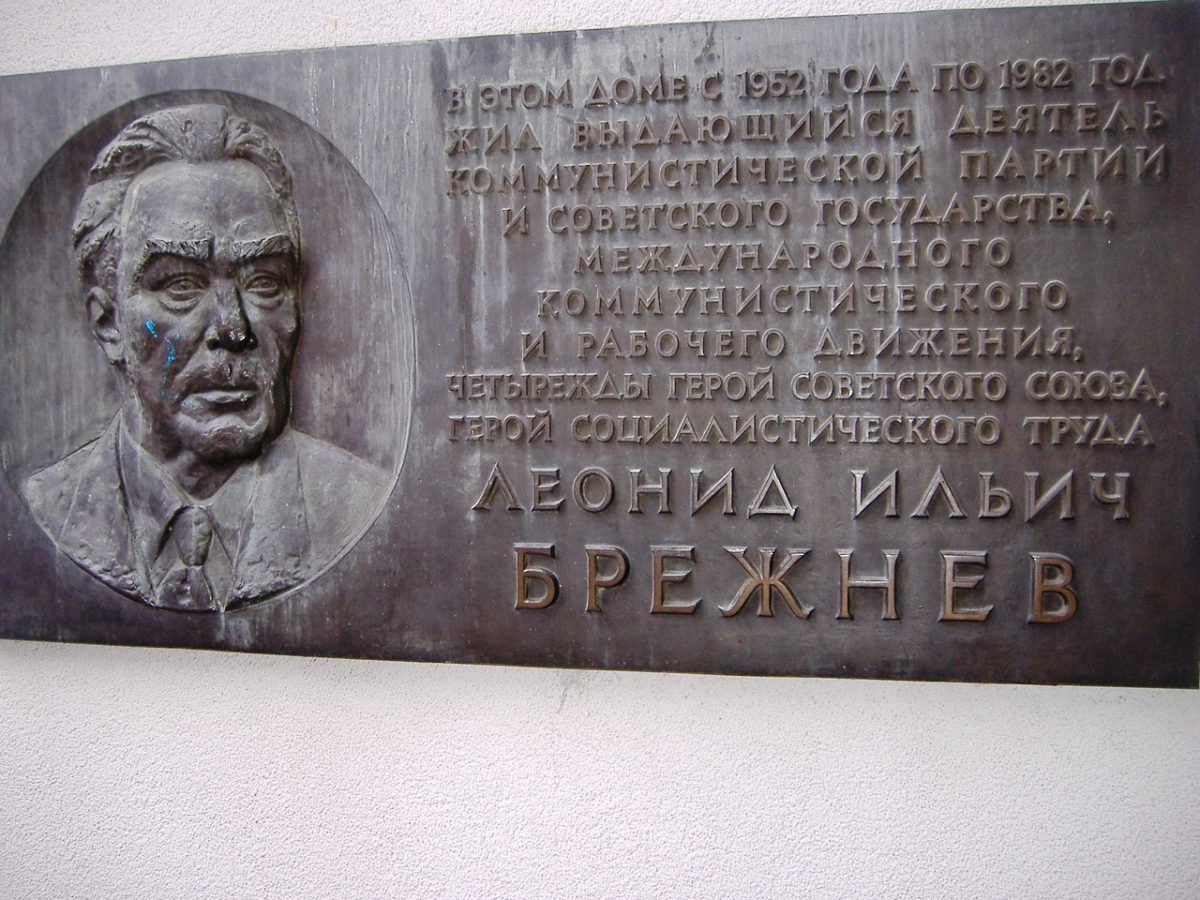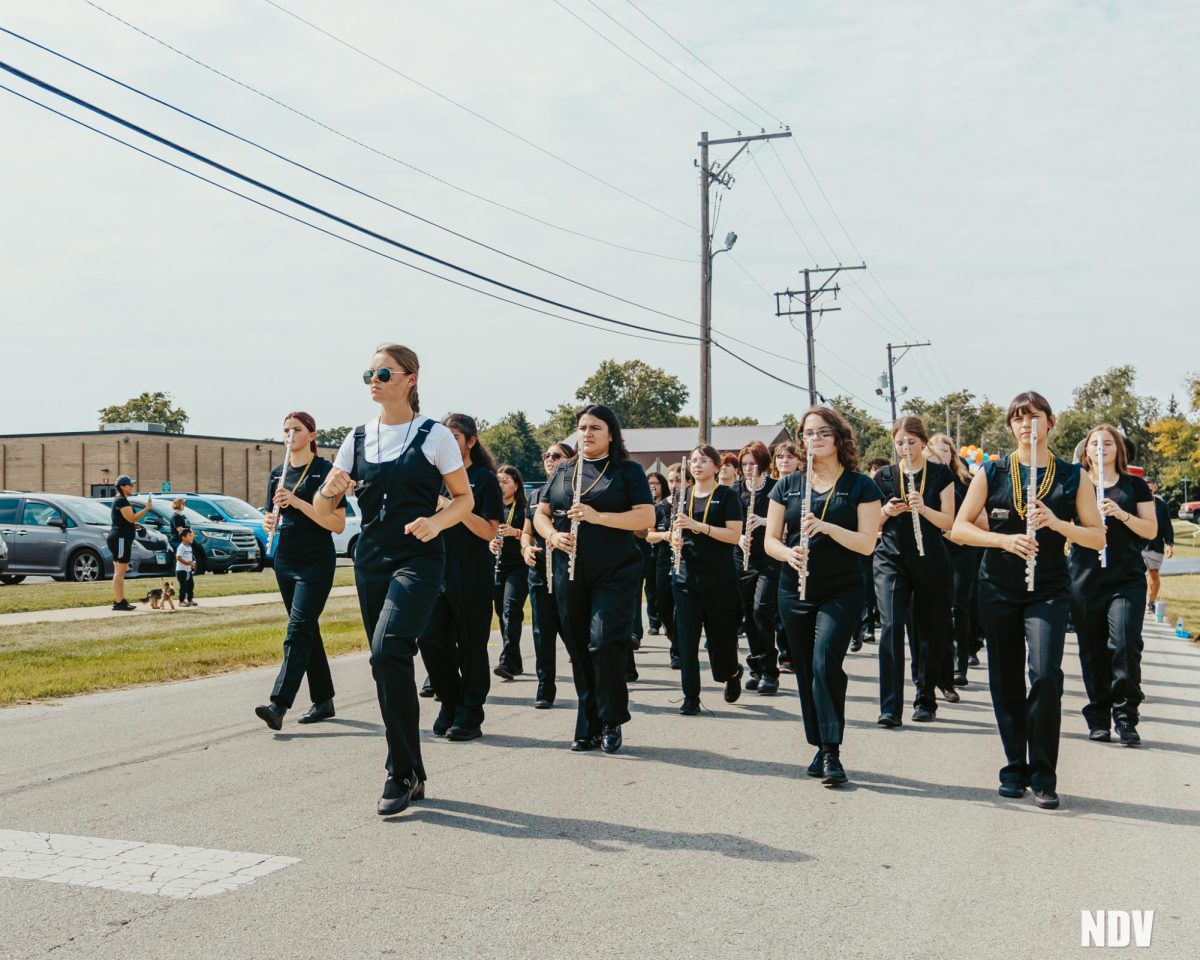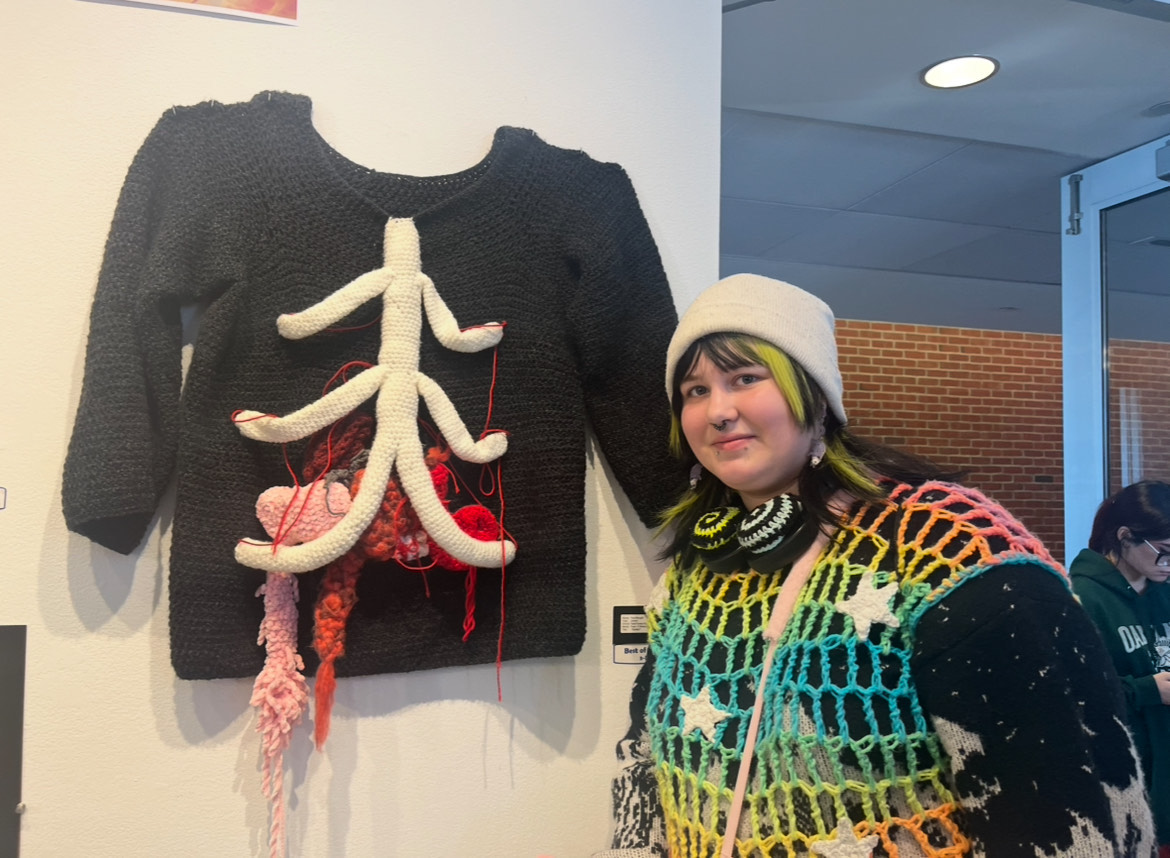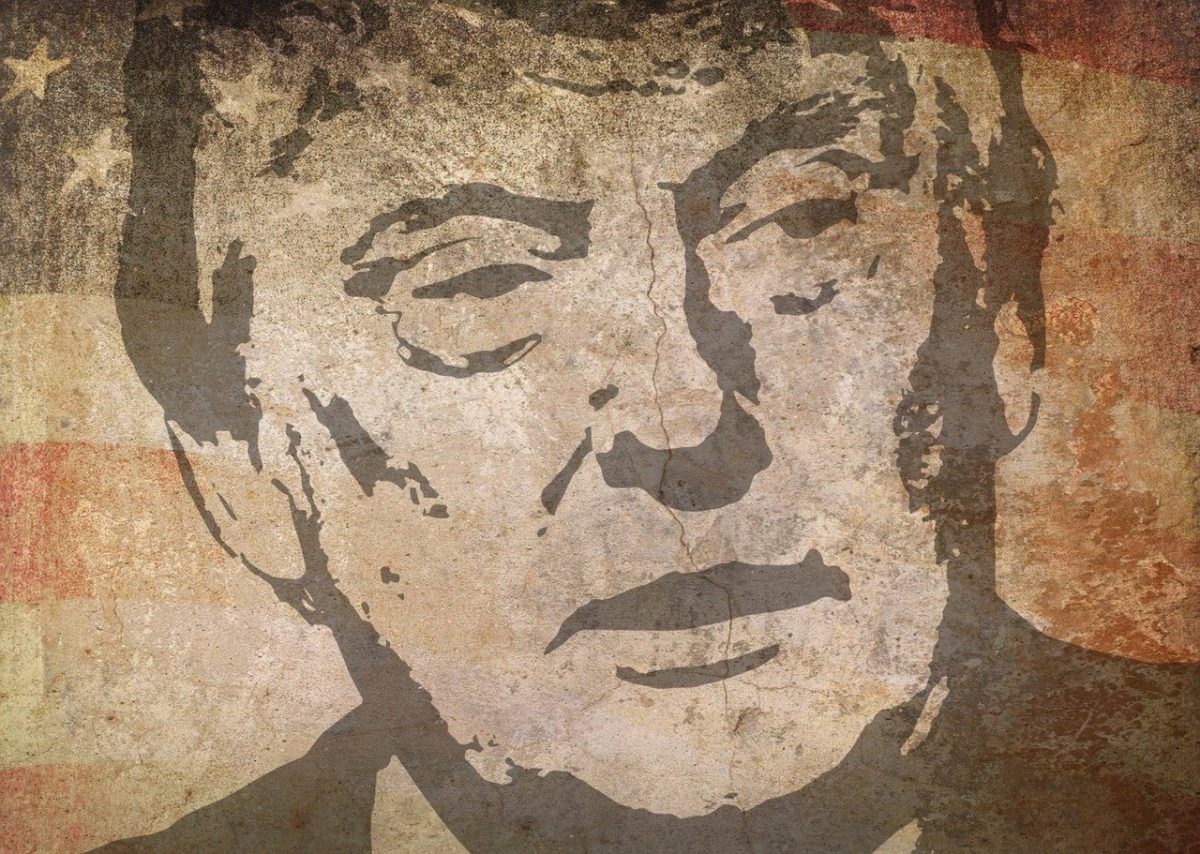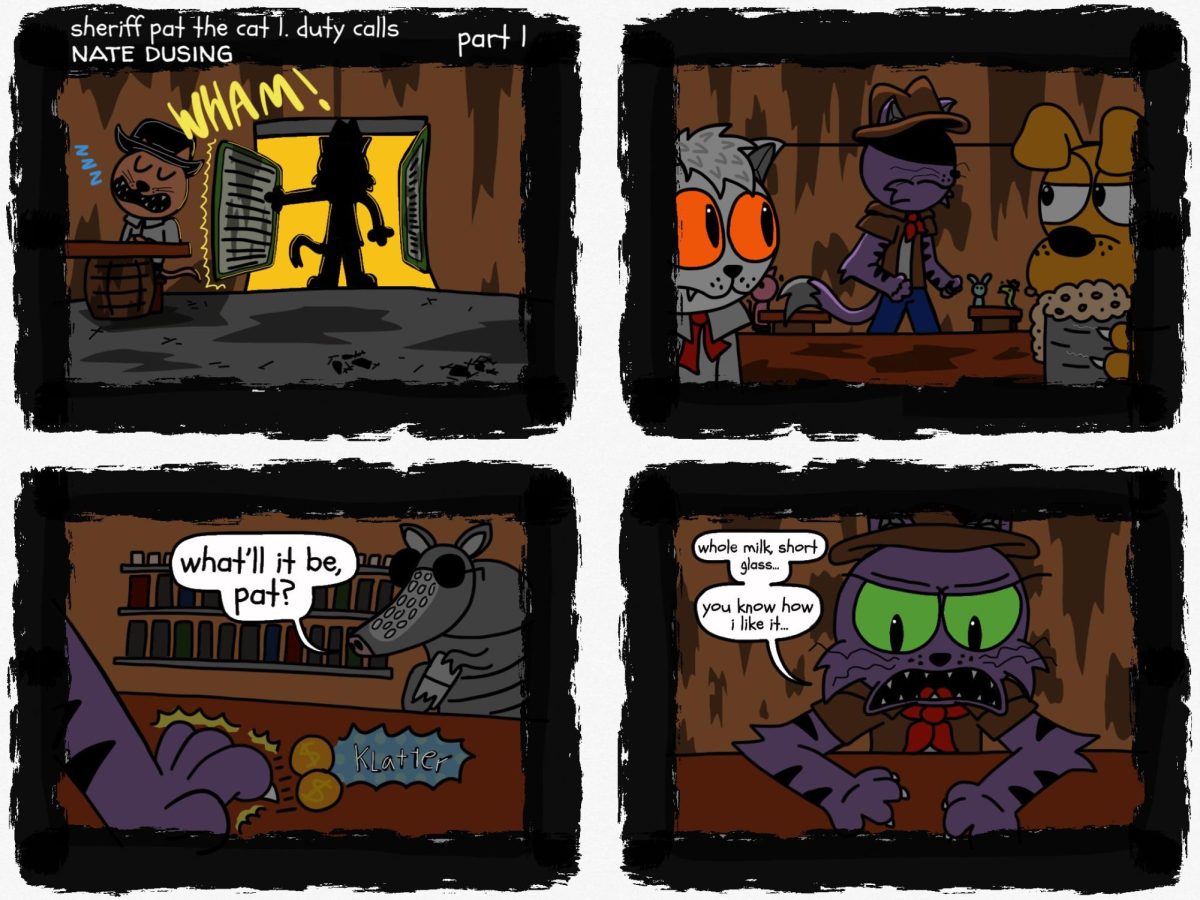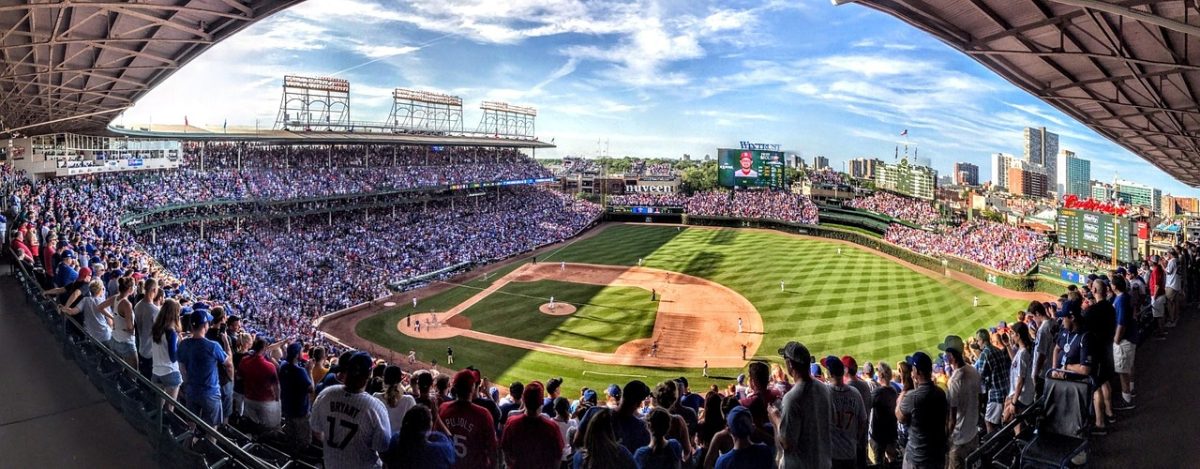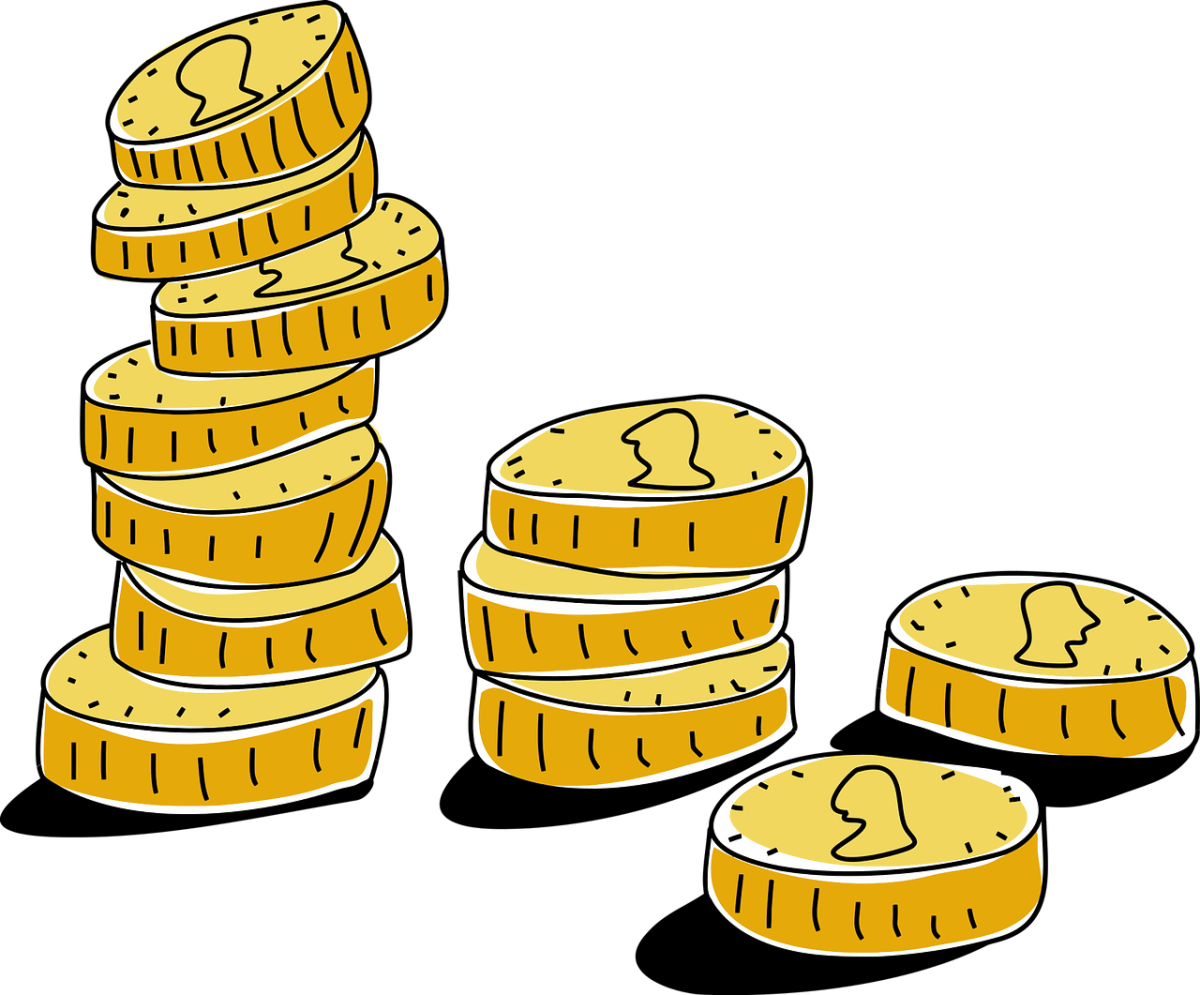The process of de-Stalinization began under the leadership of Nikita Khrushchev, who delivered a secret speech in 1956 denouncing Stalin’s crimes and promoting political reforms. Nikita Khrushchev led the Soviet Union from 1953 to 1964 as the First Secretary of the Communist Party, effectively becoming the de facto leader. During his tenure, there were efforts to thaw the Cold War, such as the Cuban Missile Crisis and Khrushchev’s famous declaration that “We will bury you” during a United Nations General Assembly speech. Khrushchev was eventually removed from power in 1964 because of opposition within the upper ranks of the Communist Party.
After Khrushchev’s ousting, Leonid Brezhnev assumed power. Brezhnev’s leadership era, which lasted from 1964 to 1982, was marked by a period of political stability known as the “Era of Stagnation.” Under his rule, the Soviet Union maintained a strict Communist regime, and any attempts at political liberalization were suppressed and nearly eradicated.
After Brezhnev, a pair of short-lived leaders came and went, including Yuri Andropov and Konstantin Chernenko. Both leaders died in quick succession; Andropov ruled from 1982 to 1984 and Chernenko from 1984 to 1985. These brief presidencies saw little in the way of significant policy changes or outward representation of how the Soviet Union was characterized.
The most notable leader in the late Soviet period was Mikhail Gorbachev, who assumed the position of General Secretary of the Communist Party in 1985. Gorbachev implemented a series of political and economic reforms known as perestroika (restructuring) and glasnost (openness). These reforms aimed to revitalize the Soviet economy and reduce political repression.
Under Gorbachev, the Soviet Union began to experience significant change. However, these reforms also unintentionally loosened the grip on the Eastern Bloc countries, leading to a series of pro-democracy movements in Eastern Europe. The unraveling of communism accelerated in 1989, as Eastern European countries such as Poland, Hungary, and Czechoslovakia overthrew their Communist governments. The Berlin Wall fell in 1989, symbolizing the end of the division between East and West Germany. In 1990, Lithuania, Latvia, and Estonia declared their independence from the Soviet Union. Other Soviet republics followed suit.
In August 1991, a group of Communist hardliners attempted a coup against Gorbachev, but it failed, further weakening the Soviet government. By December 1991, the Soviet Union officially dissolved, and its constituent republics declared their independence. The Russian Federation, under the leadership of Boris Yeltsin, emerged as the dominant successor state. The Cold War effectively ended, and a new era began.
